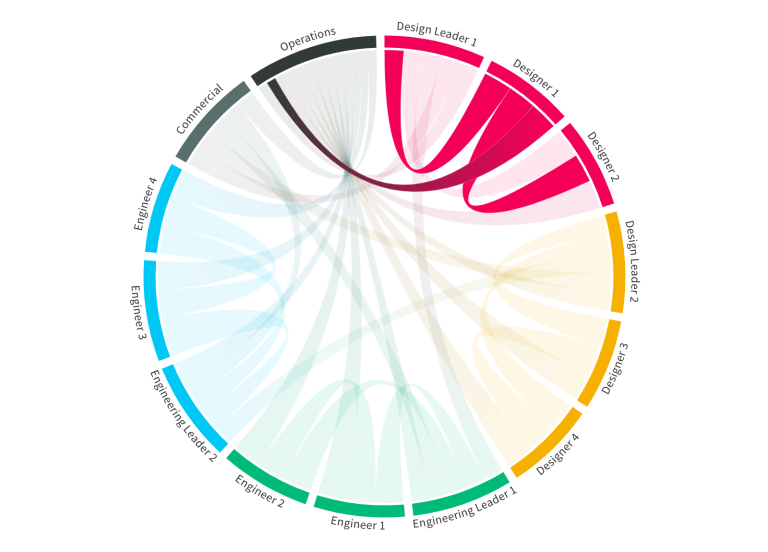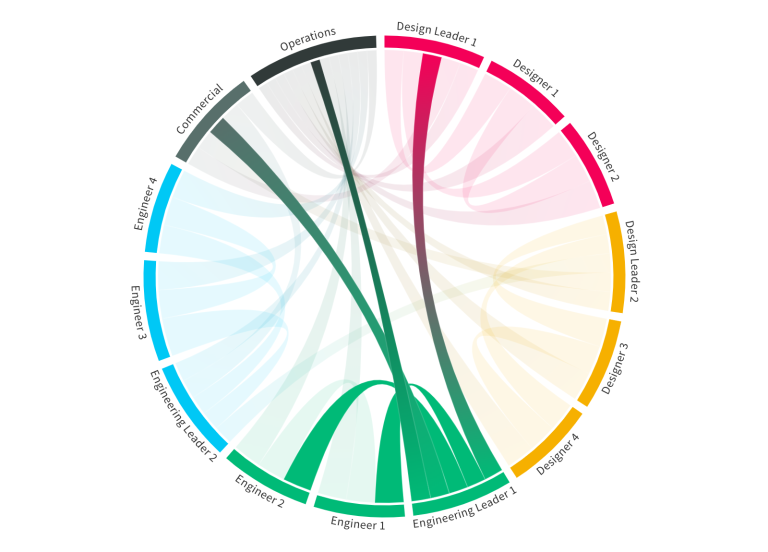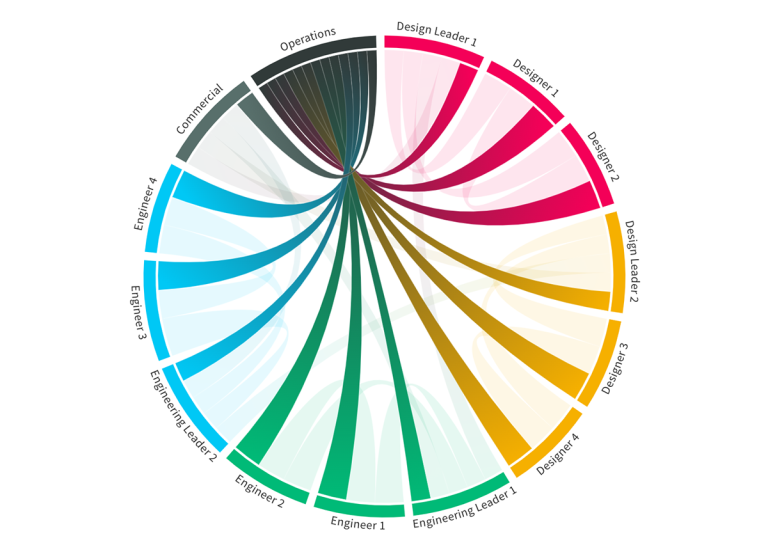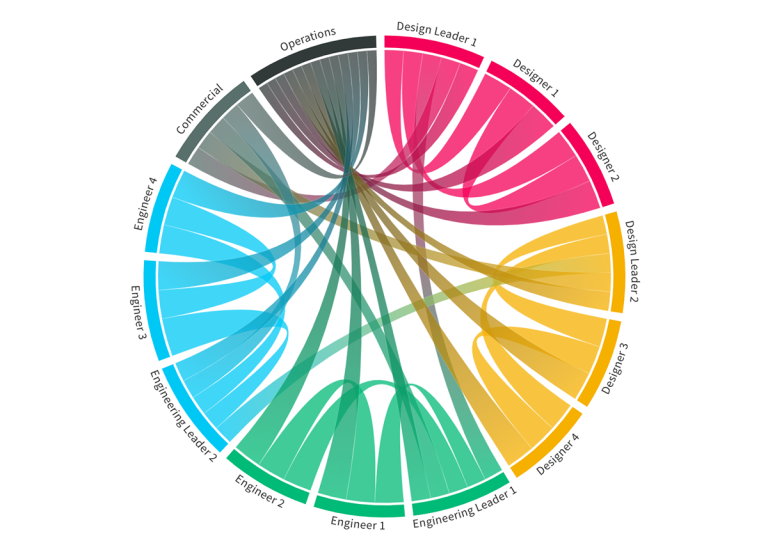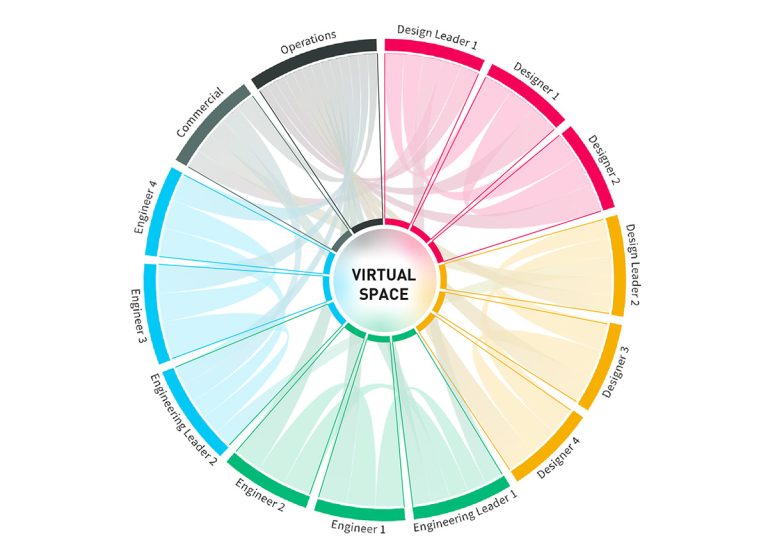2023
Client: Reason
Office Culture DJ
Remote communications in virtual workspaces
Reason is a design company operating on a remote/hybrid basis since COVID-19. Like other companies, they adopted alternative tools and techniques for remote collaboration without being aware of the extensive research conducted in the fields of HCI and Computer-Supported Cooperative Work. Studying how collaboration is done within Reason can unearth insights into hidden problems or possible opportunities in co-worker interactions in a remote setting.
This project was done in collaboration with Reason and Goldsmiths, University of London, as my final project for MSc User Experience Engineering.

Reason
Based in London, Reason is a design company with a friendly culture based on trust and having fun. Evidence of this is visible from the usually empty office at Shoreditch. Although the company operates on a hybrid basis, most employees work remotely.
I studied co-worker relationships and collaboration at Reason for three months for this project.
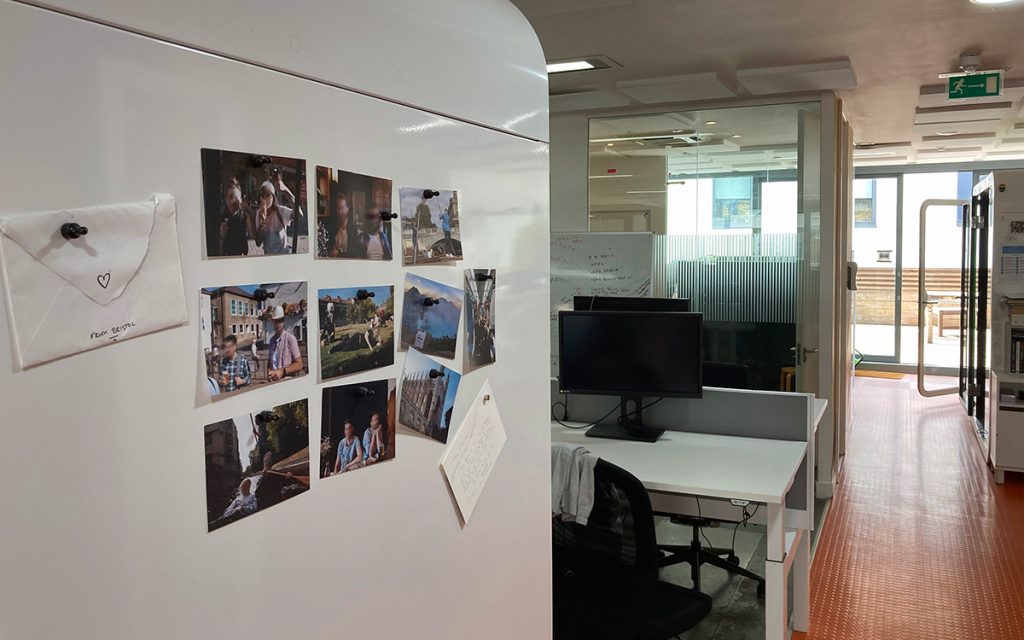
Methodology
After conducting a survey and diary study, an overall knowledge of how the employees worked together and their routines was gathered.
By applying the 3 Cs collaboration model to our data, we were able to map out the tools utilised at Reason effectively.
Following in-depth interviews, Collaboration pain points were found.
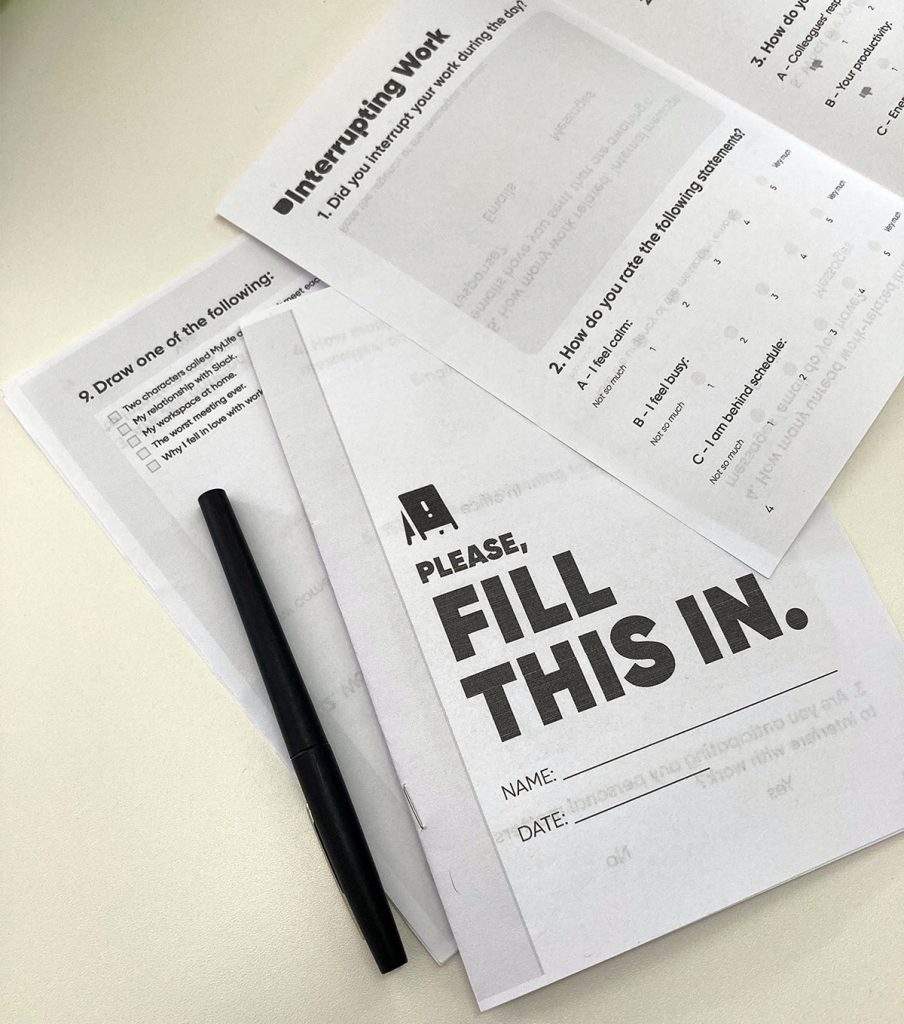
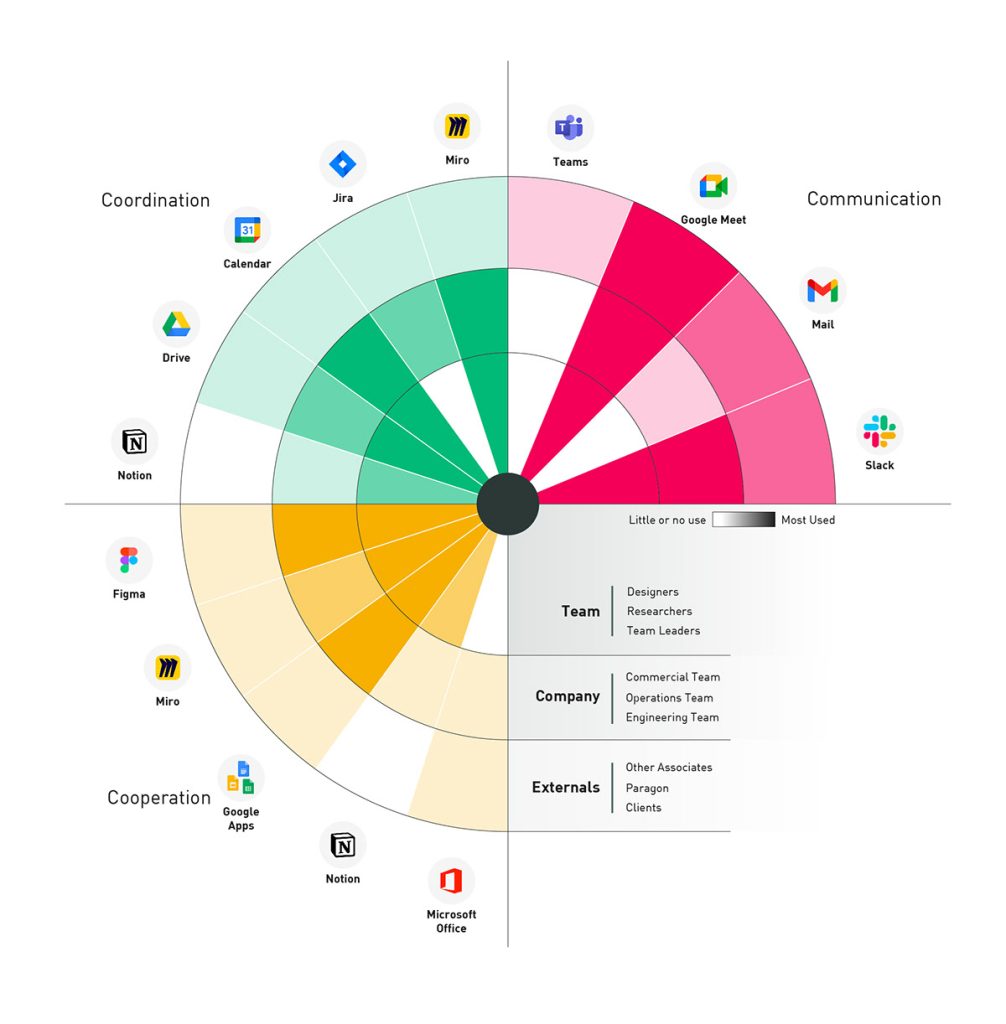
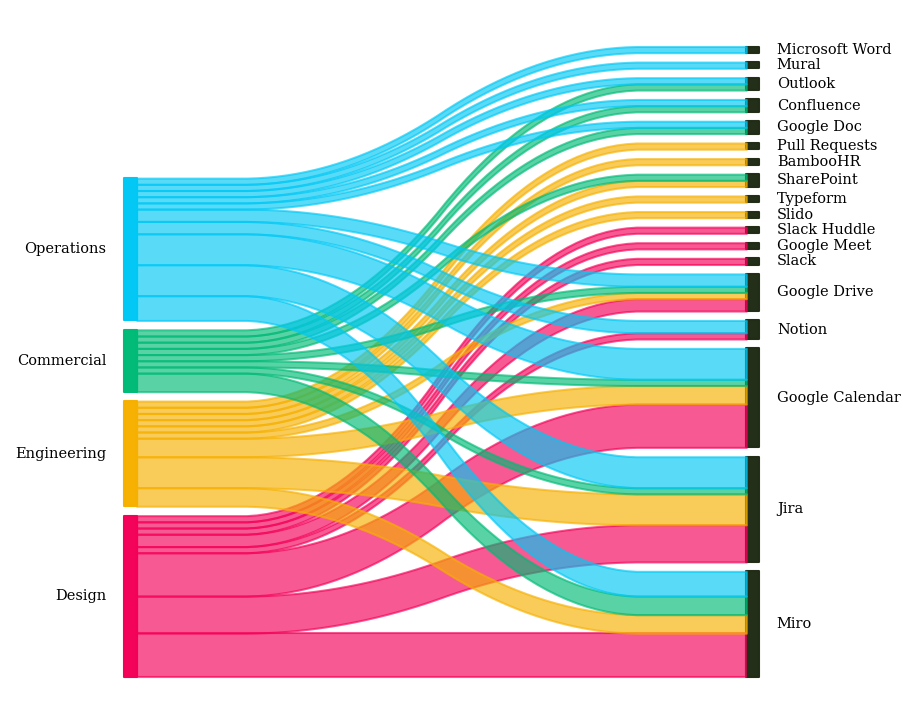
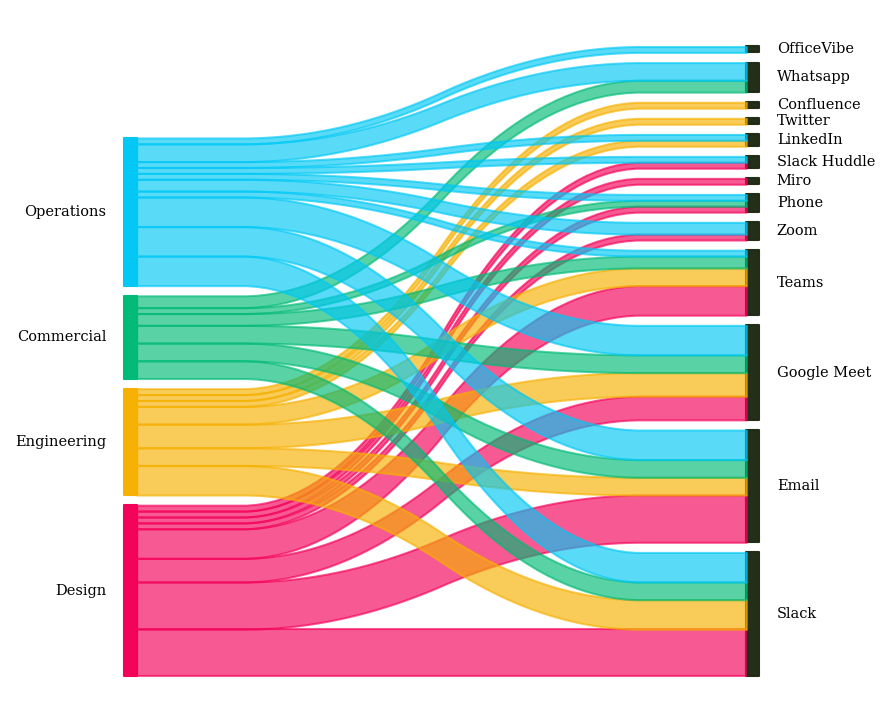

Pain Points
After analysing the possible focus areas using an impact/effort matrix, co-worker communication was chosen as the intervention area.
Looking at the service blueprint, setting a meeting appointment, something done frequently at Reason, takes a substantial amount of time. This process is usually done in a matter of minutes when all participants are present in the same room, but when remote, it may take hours.
One of the few opportunities for social interaction in a remote work setup is during online meetings. However, as per the experience journey map, the quality of this social interaction is not meeting expectations, and users are left dissatisfied when the session concludes.


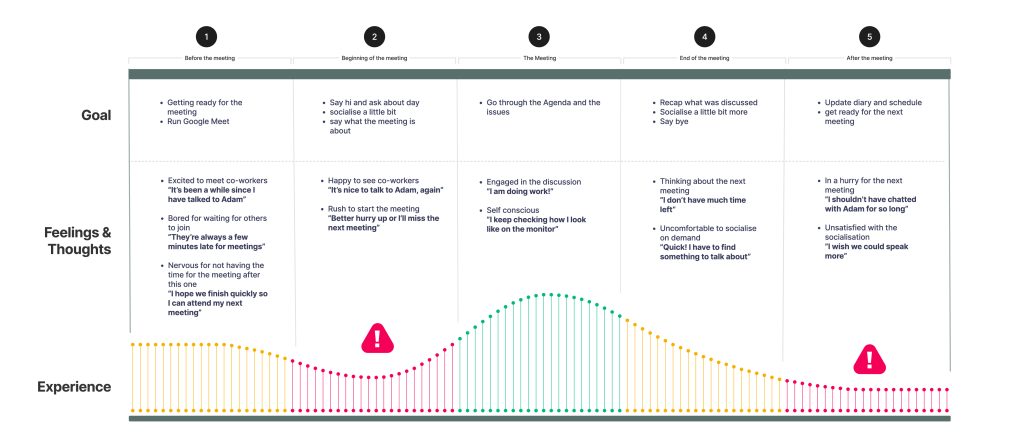
Connections
The simplified connection diagrams show how using Slack and Google Meet has siloed connections at Reason. Team members usually meet certain co-workers regularly and, in some instances, never have to interact with other colleagues. This is still true for team leaders, although they have more connections.
The operations team constantly connects with all members and tries to build and improve company relationships and culture. However, this top-down approach to socialisation through regular meetings and social events has not been entirely successful. In many cases, employees do not attend, or if they do, they rarely engage with others.
While in the office, such casual interactions and small talks are usually initiated by the employees themselves, more naturally and from the bottom up.
A hypothesis was formed using grounded theory: A virtual space for ad-hoc conversation can improve co-workers’ relationships and responsiveness.
To test such a hypothesis, a prototype test should evaluate if using such a tool would help improve relationships and communication efficiency between Reason employees.
Solution
Most communication between co-workers happens within project teams using Slack and Google Meet. The operations team tries to help them connect more using social events, but they are only sometimes successful. A casual conversation tool that creates a sense of presence for everyone can help develop and improve relationships.
Design
Since Slack is the communication heart of Reason, it is best to integrate such capabilities within it so the users do not have to use other tools. Slack’s channel-based design also supports voice channels acting as virtual spaces.
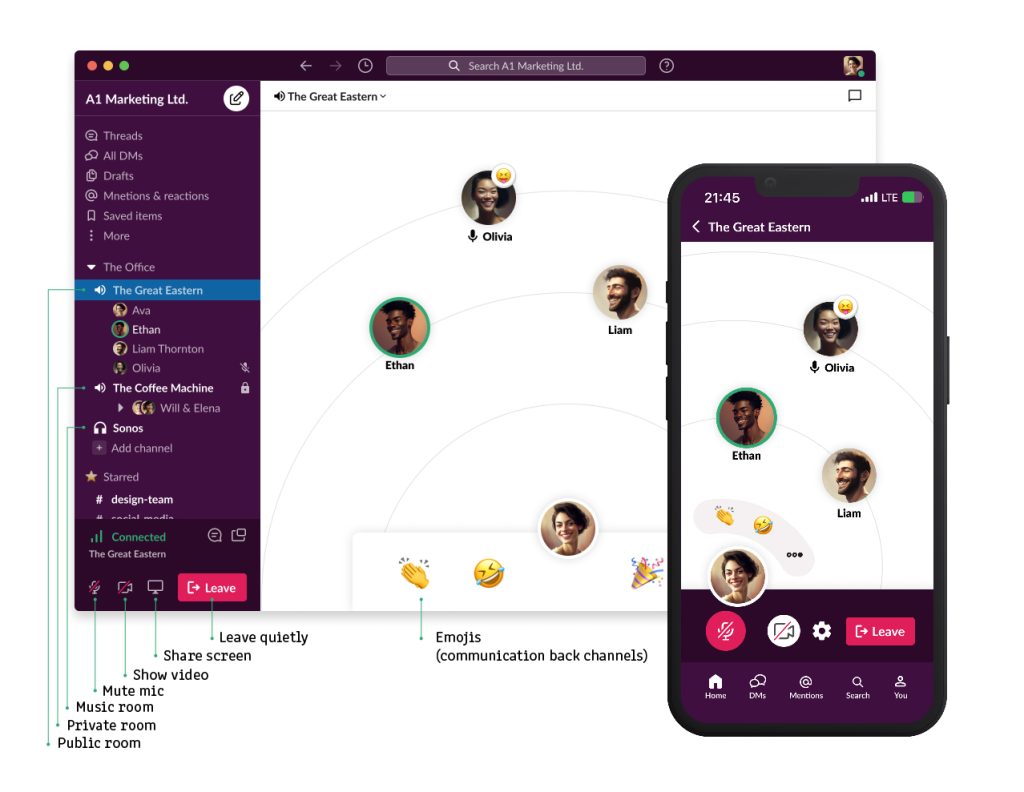

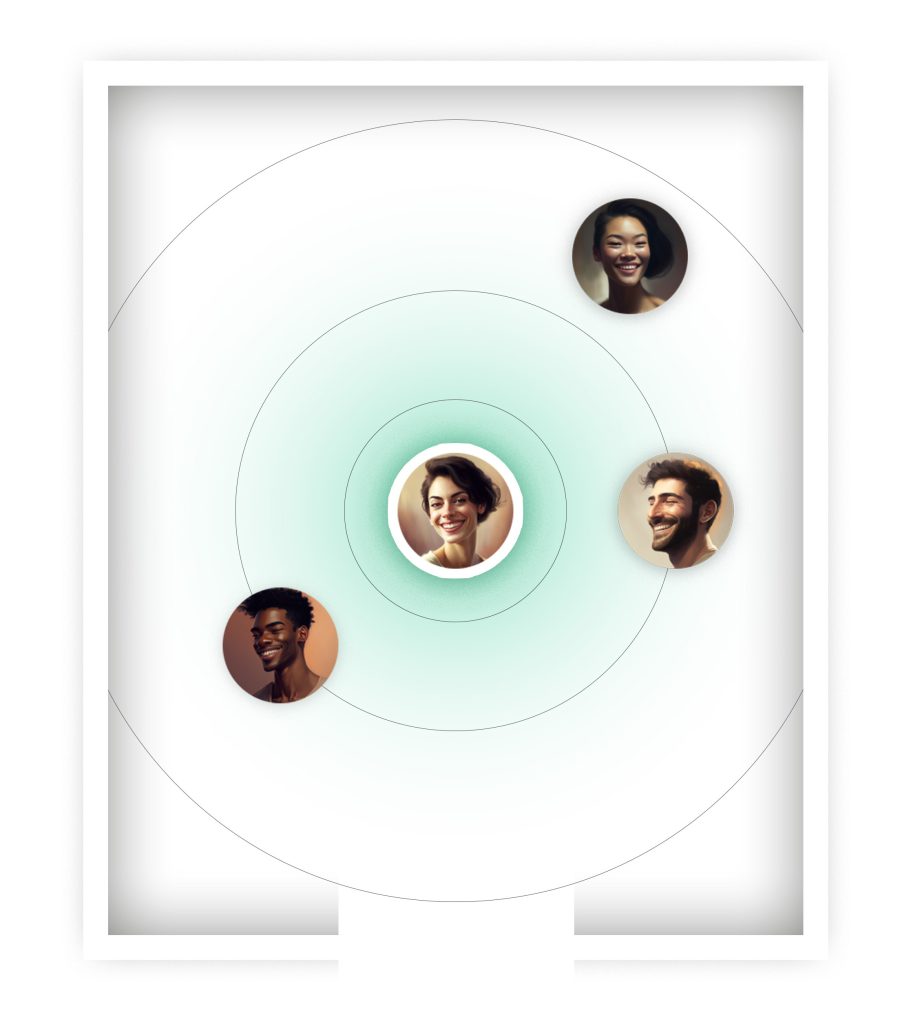

Testing and Evaluation
To test the hypothesis, 8 Reason employees were tested on Tandem and Discord, tools that allow users to have spontaneous conversations in a virtual space. After the experiment, participants were asked about their experience and whether the tool improved their relationships with their colleagues and made their work more efficient.
Results
The results showed an overall positive effect on collaboration and socialisation. The engineering team found this mode of communication very effective while working together and asking questions from others as they could see who was available in the chat room. The design team, however, mostly used it to have casual chats while they were free and wanted to spend time with their co-workers. These cases relied heavily on users remembering to be online and available in the app, which was only sometimes the case.
Conclusion
The outcome of the prototype tests makes a case for having such a tool for ad-hoc conversation and online presence in a remote and hybrid work setting to help build and improve co-worker relationships while speeding up communication for collaboration.
However, Further work is needed to incentivise co-workers to have an online presence and be available in the virtual space to help initiate conversations more often.
